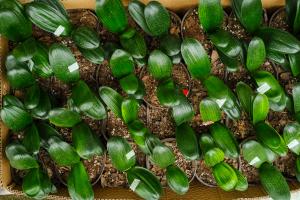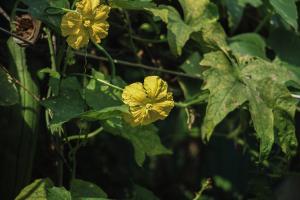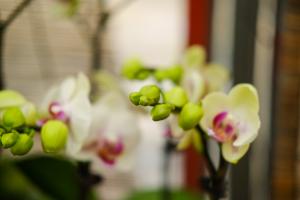How to Successfully Transplant a Bamboo Plant
Bamboo plants are a popular addition to any garden or indoor space due to their elegant look and air-purifying qualities. However, there will come a time when your bamboo plant outgrows its current home and you will need to transplant it. Transplanting a bamboo plant can be a delicate process, but fear not! In this article, we will show you how to successfully transplant a bamboo plant and ensure its continued growth and health.
Step 1: Choose the Right Time
The first step to successfully transplanting a bamboo plant is timing. It is best to transplant your bamboo plant during its dormant period, which is typically from late fall to early winter. This is the time when the plant is not actively growing and is less likely to suffer from transplant shock. However, if you need to transplant your bamboo plant during the growing season, make sure to do it on a cloudy day or in the evening to protect it from direct sunlight.
Step 2: Choose the Right Location
Bamboo plants need plenty of sunlight and water, so choose a location that provides both. The area should be well-drained and away from any large trees or structures that may block the sun. It is also important to consider the space your bamboo plant will need as it grows. Make sure to choose a location with enough room for the mature size of your bamboo plant.
Step 3: Prepare the Transplant Hole
Dig a hole that is two to three times larger than the root ball of your bamboo plant. Loosen the soil at the bottom of the hole to encourage the roots to grow deeper. If your soil is heavy and doesn't drain well, mix in some sand or compost to help with drainage.
Step 4: Remove the Bamboo Plant
Carefully remove the bamboo plant from its current home using a garden fork or a shovel. Be sure to loosen the roots gently to avoid damaging them. It is important to keep the root ball intact as much as possible to prevent transplant shock.
Step 5: Transplant the Bamboo Plant
Place the bamboo plant into the prepared hole, making sure that the top of the root ball is level with the ground. Fill the hole with soil and gently tamp it down to remove any air pockets. Water the bamboo plant thoroughly to help settle the soil.
Step 6: Care for the Transplanted Bamboo Plant
To ensure the continued health and growth of your bamboo plant, there are a few things to keep in mind. First, water your bamboo plant regularly, especially during the first few weeks after transplanting. Second, add a layer of mulch around the base of the plant to help retain moisture and regulate soil temperature. Finally, consider adding some fertilizer to encourage healthy growth.
In conclusion, transplanting a bamboo plant may seem daunting, but with the right timing, location, and care, your bamboo plant can continue to thrive in its new home. Remember to give your bamboo plant plenty of love and attention as it adjusts to its new surroundings.

 how many times do yo...
how many times do yo... how many planted tre...
how many planted tre... how many pine trees ...
how many pine trees ... how many pecan trees...
how many pecan trees... how many plants comp...
how many plants comp... how many plants can ...
how many plants can ... how many plants and ...
how many plants and ... how many pepper plan...
how many pepper plan...































